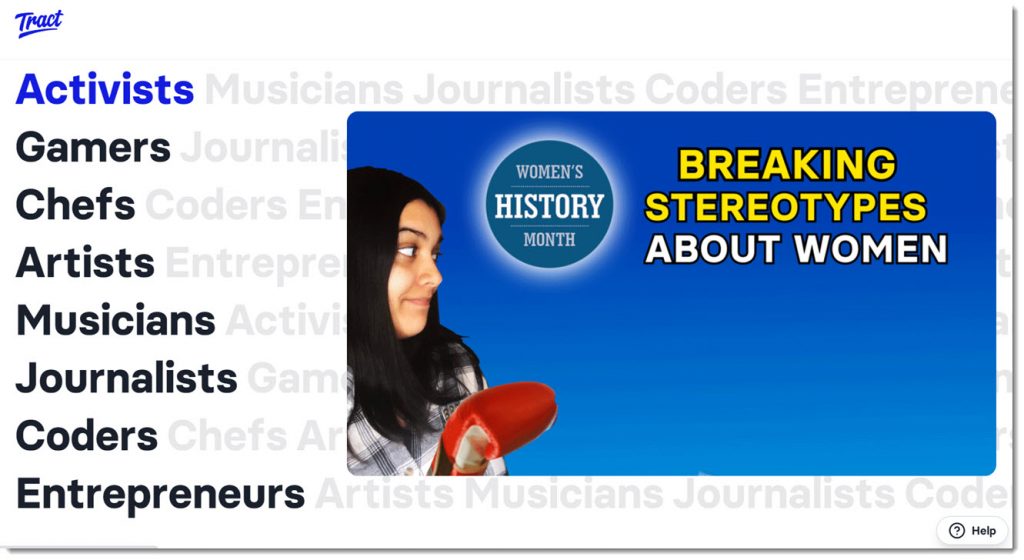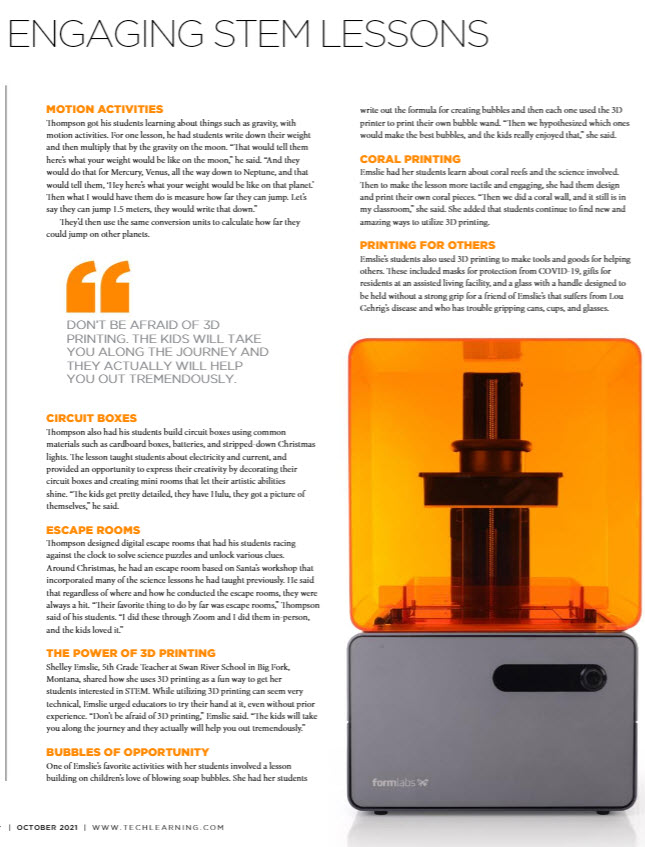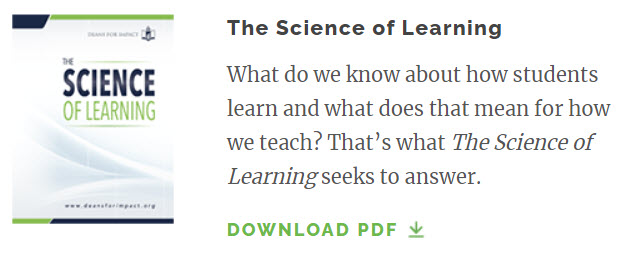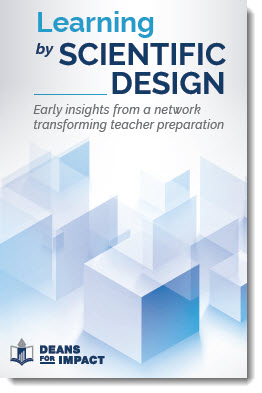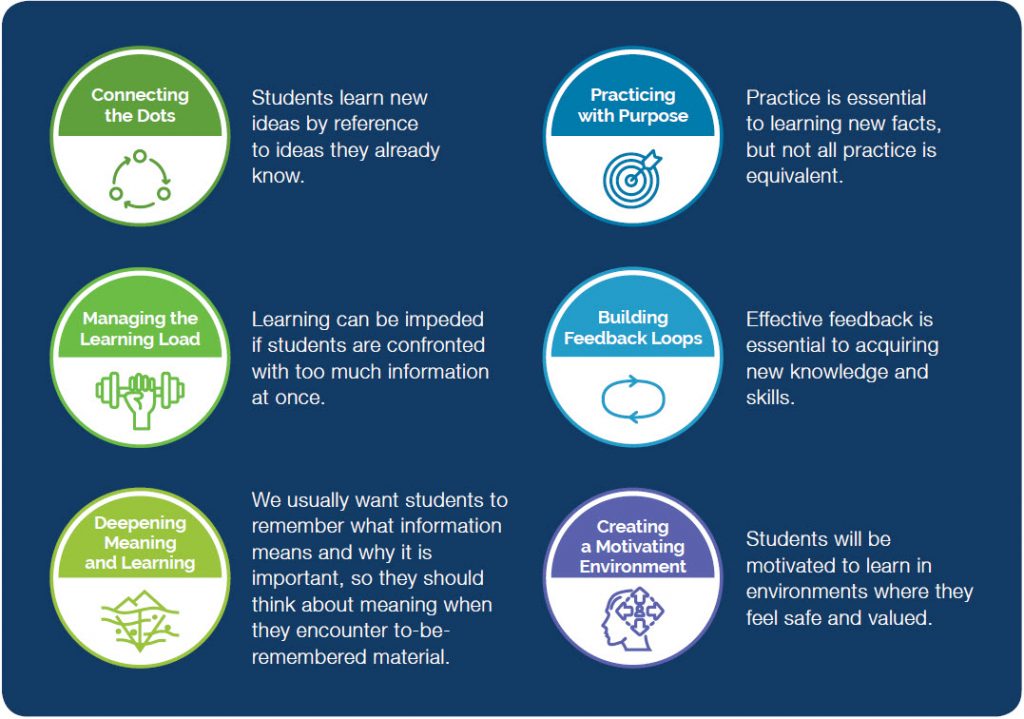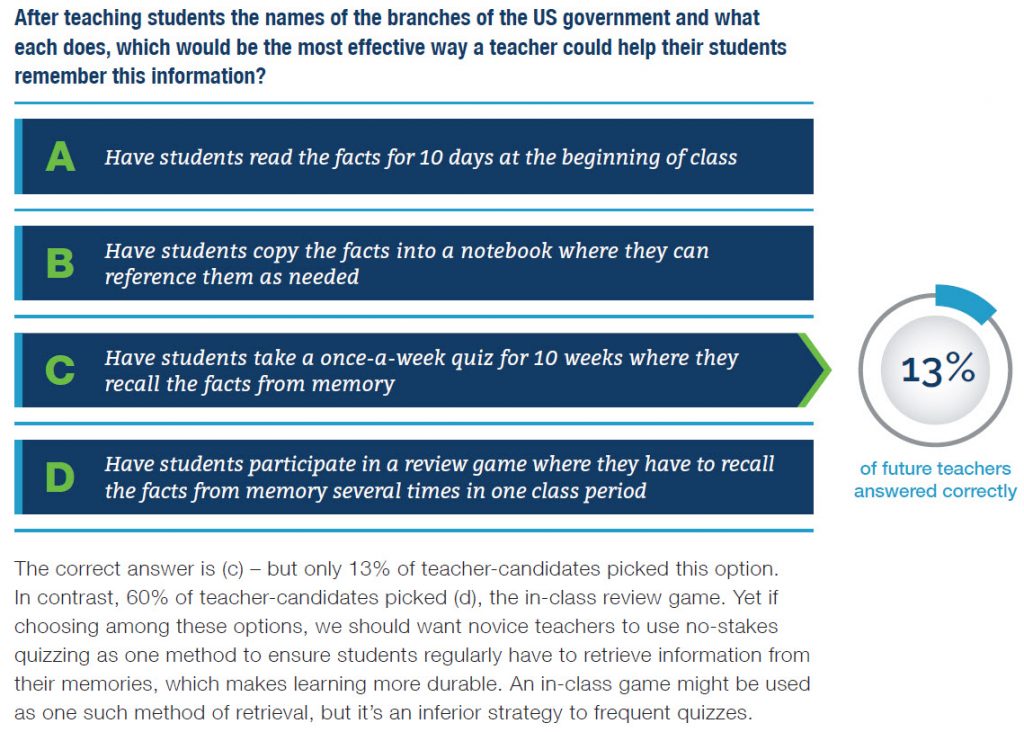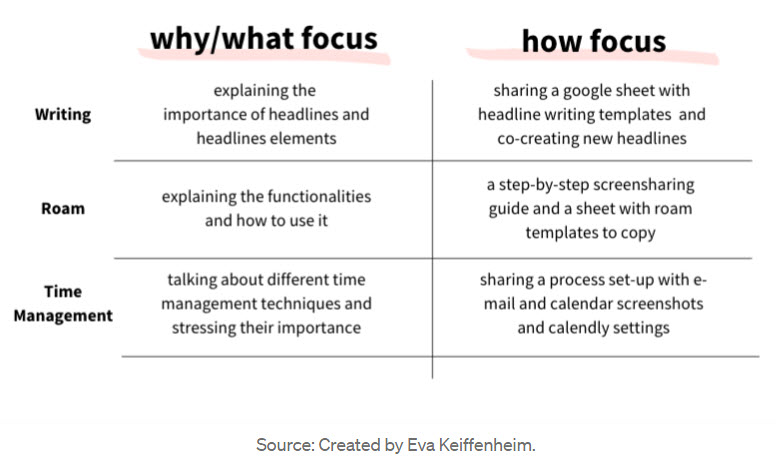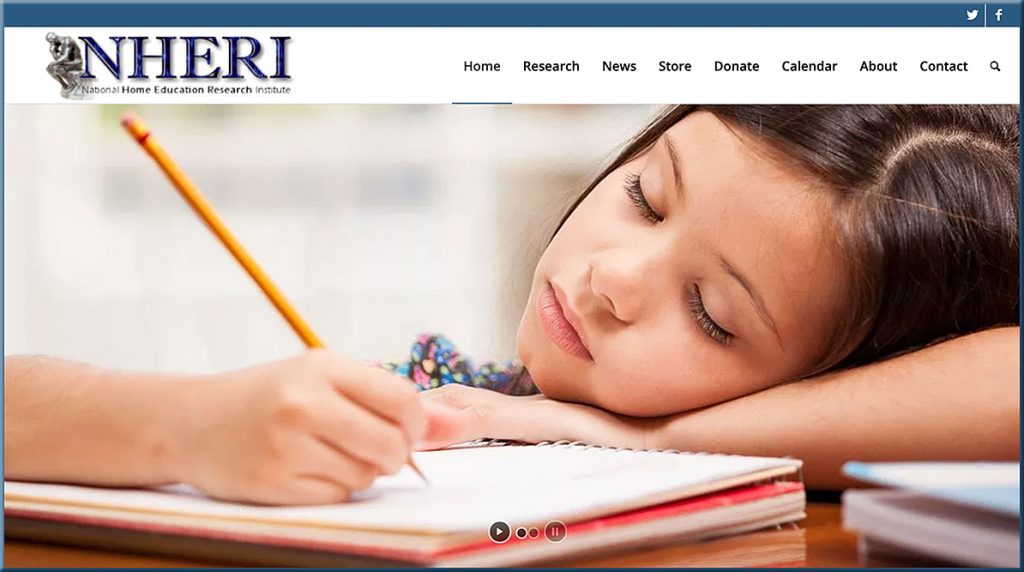Education and Justice Departments Warn of Covid’s ‘Profound Toll’ on Student Mental Health — from chronicle.com by Sarah Brown
Excerpt:
As the pandemic drags on past 19 months in the United States, the Education Department and the Justice Department on Wednesday implored colleges and schools to be especially attentive to students who are showing signs of self-harm or suicide.
If institutions don’t adequately support students with mental-health diagnoses, as required by federal law, the departments warned that they could draw an investigation.
Suzanne B. Goldberg, a former senior administrator at Columbia University who’s now the Education Department’s acting assistant secretary for civil rights, wrote in a letter to educators that the Covid-19 era had “taken a profound toll” on students’ mental health.









